1954 Argentina Revival
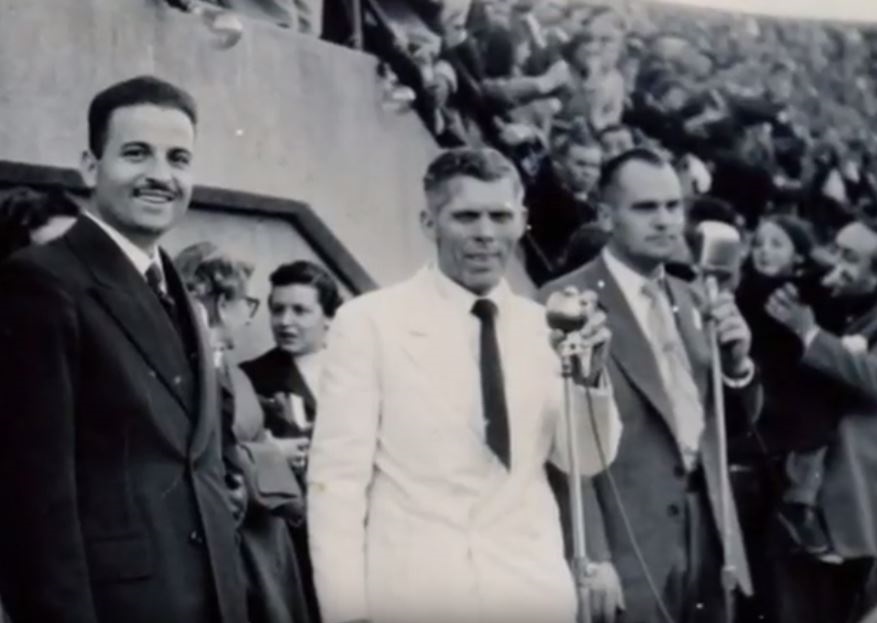
Tommy Hicks, center
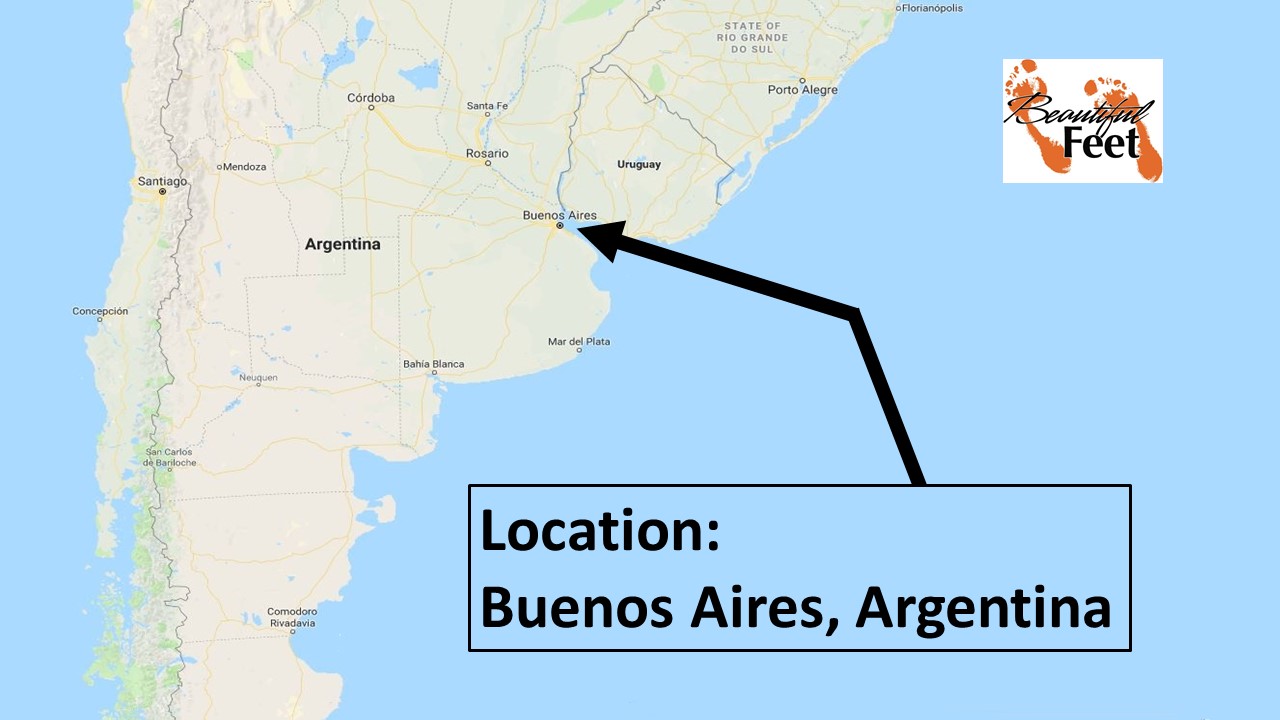

Conditions Prior to the Revival
► Argentina was considered by mission boards to be the least fruitful mission field in the Western Hemisphere.
► Throughout the entire nation of Argentina, the Assemblies of God, after 40 years of hard work, could only account for 174 adult church members by 1951.
► In 1949, a census of the three most successful denominations in Argentina totaled 574 members. Large churches at the time were made up of but 7 members.
► Spiritism was dominant in many cities and towns, with churches being unable to get a foothold in those communities.
► The occult had a grip on millions, influencing every level of society. Christians frequented witch doctors for remedies to their sicknesses when they didn’t have the money for modern medicine.
► Roman Catholicism, being the official state religion, discriminated severely against Protestant churches. Protestants were often forbidden to use radio and television, as well as to gain permission to conduct large evangelistic campaigns.
Introduction—Extraordinary Prayer
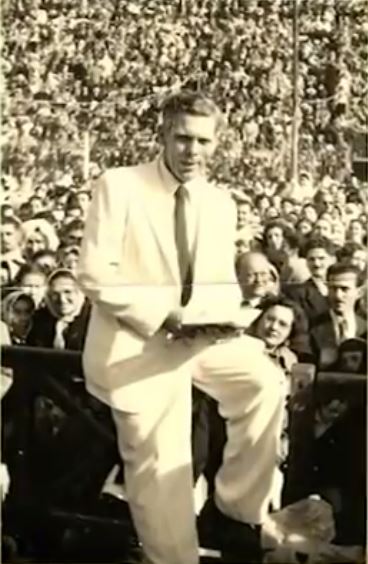
Healing Evangelist Tommy Hicks
Many cite the American Healing Evangelist Tommy Hicks (1909 – 1973) as being the spark for the 1954 Argentine Revival. But from a previous revival story we wrote about, the 1949 Argentina Revival, we find that others laid the foundation for this revival with intense intercession. In all the revival stories we have written about, extraordinary prayer has always preceded them.
In 1952, Hicks (44 years old at the time), was conducting a series of meetings in Tallahassee, Florida, when God showed him a vision. He saw a map of South America covered with a vast field of golden wheat ripe for harvesting. The wheat suddenly began to turn into human bodies, men and women with their hands raised high. They were crying out, “Come, Brother Hicks, come and help us!”
Hicks records that he also received a prophecy which he wrote in his Bible:
For two snows will not pass over the earth until thou shalt go to this land, for thou shalt not go by boat nor by land, but as a bird, flying through the air shalt thou go.
Three months later, in Red Bluff, California, after a successful evangelistic crusade, a pastor’s wife, while leading in prayer repeated the identical words of that prophecy. Hicks had as yet never told anyone about his vision nor the prophecy. He then showed the pastor’s wife the prophecy he had written in his Bible, which she had just confirmed, and she broke down in tears.
Tommy Hicks’ Invitation from Argentina
Healing Evangelist T. L. Osborn was invited by a committee of several Pentecostal and Alliance pastors who were organizing an evangelistic campaign for 1954 in Buenos Aires, Argentina. Due to Osborn’s need to decline that invitation, it was extended to Tommy Hicks.
Argentina President Juan Peron
As Tommy Hicks was at the Los Angeles airport making preparations for his flight to Argentina, he prayed with friends for a harvest of 50,000 souls!
During the flight, the name “Peron” kept coming to Hicks’ mind. He asked the airline stewardess if she knew of someone with that name. She informed him that it was the name of the president of Argentina, Juan Peron. From that, Hicks knew he was being directed by God to go and speak with him.
After Tommy Hicks’ arrival in Argentina, and during his first meeting with the group of missionaries and pastors that were planning the evangelistic campaign, he told them two prerequisites before the evangelistic work could be started. That group thought his suggestions were impossible, as they were:
1. He had to have a meeting with President Juan Peron.
2. He had to have a stadium that would be capable of holding at least 25,000 people.
The evangelism committee thought the two suggestions were preposterous and absurd, as President Juan Peron was intolerant and uncooperative with all religious leaders outside the state-endorsed Roman Catholic Church. With the Roman Catholics’ control and influence in the government, they consistently monitored and even censored all religious activities—going so far as to forbid non-Catholics the use of radio, television, or any other form of media.
Concerning the renting of a stadium to seat 25,000, the pastors said that any venue for mass assemblies had to obtain approval months in advance, and they also said they didn’t think there were enough evangelicals to fill such a stadium.
Even with the political and religious mountains standing in his way, Hicks knew he was being directed by the Lord to meet with the president and to obtain a stadium for the services.
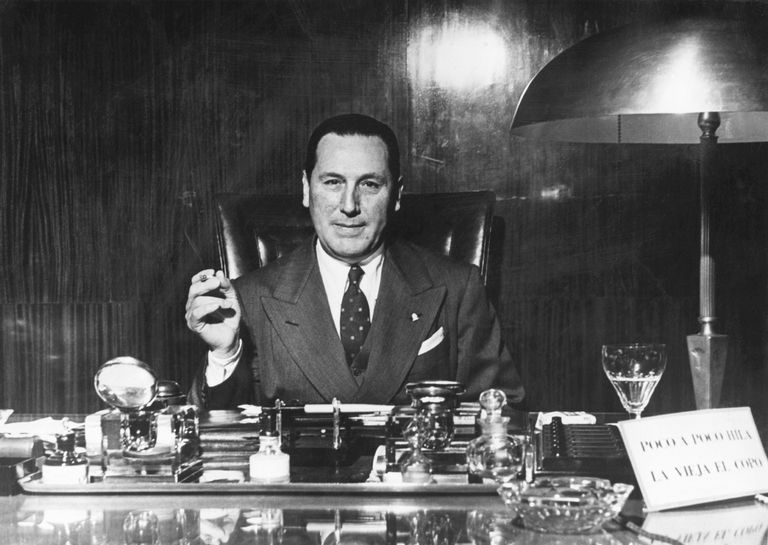
Argentine President Juan Peron
How Tommy Hicks Obtained a Hearing with Argentine President Juan Peron
Tommy Hicks went to the Casa Rosada (the equivalent to the White House in the United States) with an interpreter. He was able to get into the office of the Minister of Religion, but that seemed to be as close as he could get to the president. It was then that the minister’s secretary came limping into the room. Hicks asked if he could pray for him. At that the secretary replied:
If Jesus Christ were here Himself, He couldn’t help this leg.
Hicks then prayed for him and he was instantly healed and the pain disappeared! Hicks was immediately taken in to see the president.
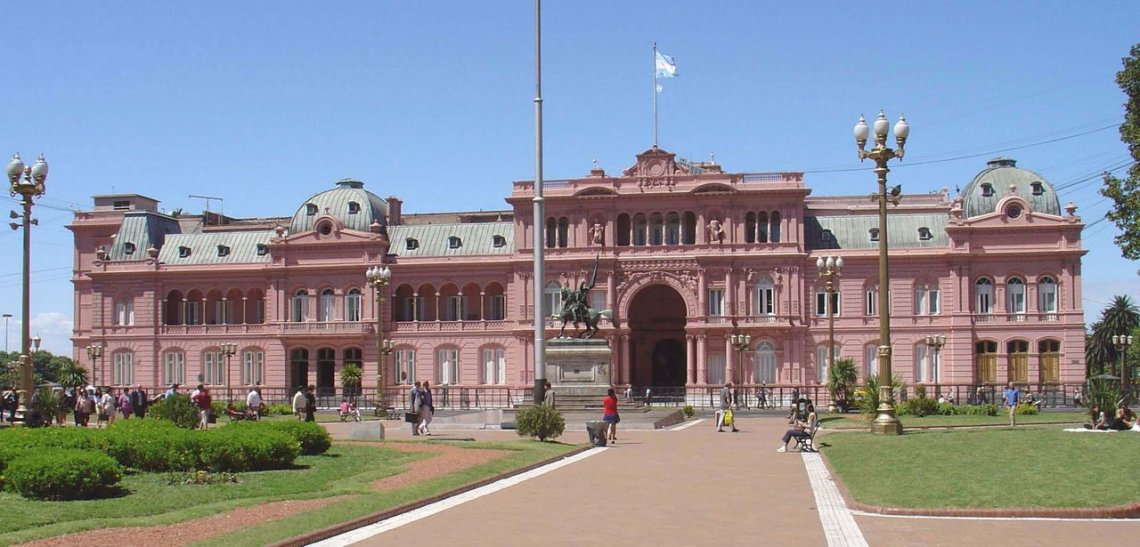
The Casa Rosada (Pink House) is the executive mansion and office of the President of Argentina.
Meeting with President Juan Peron
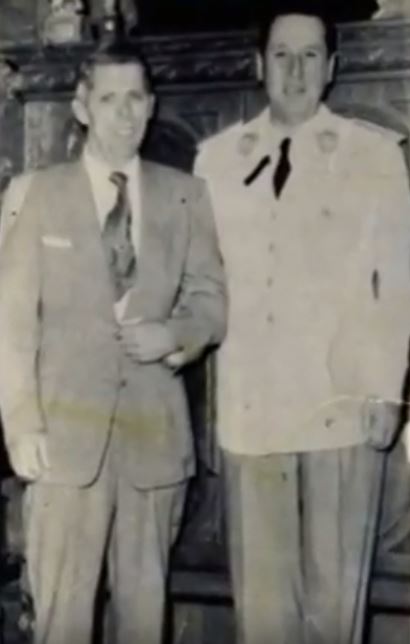
Tommy Hicks and Argentine
President Juan Peron
Early in his presidency, Peron enjoyed the support of the Roman Catholic Church, to which he made significant concessions for its support, but as his grip on the masses grew stronger, he became impatient with those religious leaders, and he displayed his irritation by passing through Congress legislation to legalize brothels and divorce. Peron even threatened to amend the constitution to deprive the church of its position as the state church.
It was in this environment that Tommy Hicks was welcomed into the presidential office. After Hicks informed the president what he was asking permission for, it is said that he then prayed for Peron to be healed of the severe psoriasis or eczema that he was suffering from. It is also said that he was instantly healed, and the president then gave Hicks and the evangelism committee their requests:
- Use of the 45,000 seat Atlantic Stadium
- Free access to state radio and press
- Freedom to preach anywhere they wanted

Tommy Hicks preaching with an interpreter to his left, at the beginning of the evangelistic campaign.
What Happened
The evangelistic services began in the 45,000-seat Atlantic Stadium on April 14, 1954, with around 6,000 in attendance (it lasted 52 days).
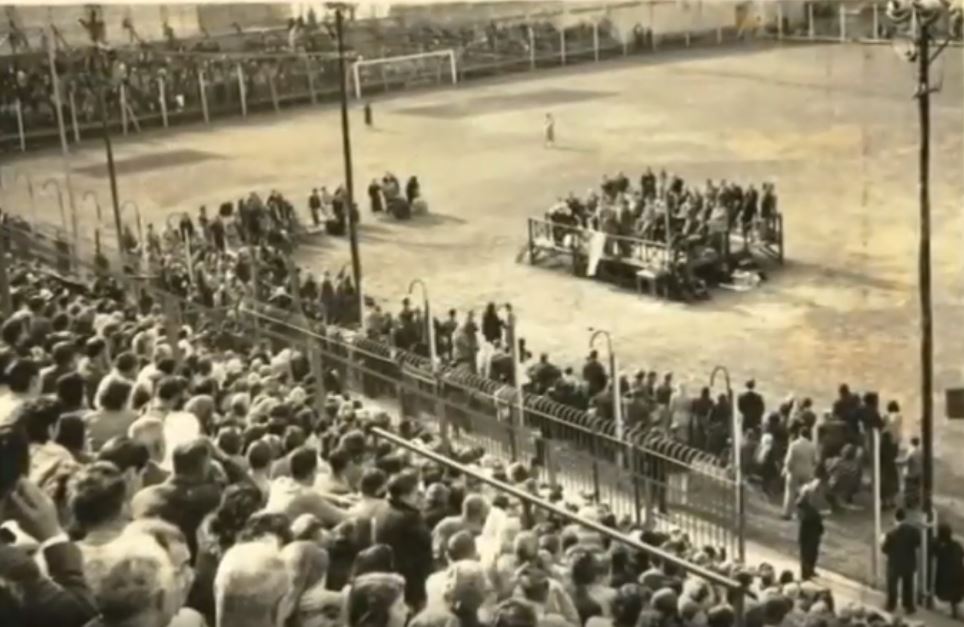
Services at the beginning of the campaign when the stadium was not yet filled

Leg braces off after a healing
The Gospel of Jesus Christ was preached every night, and was followed up with mass prayer for healing—as it was impossible for Hicks to pray for each person individually.
With the services having a strong emphasis on divine healing, beginning from the first night, and with immediate results, evidenced by pictures showing some that were crippled, and that were now walking, the crowds grew exponentially. The pastoral evangelistic committee spent little money on advertisement, as the miracles themselves were advertisement enough.
The sensational healing miracles, that were thoroughly verified, and were covered by national radio and in newspapers, with articles running several pages in length, added to the inquisitiveness of the Argentine people, as well as their attendance at the stadium.
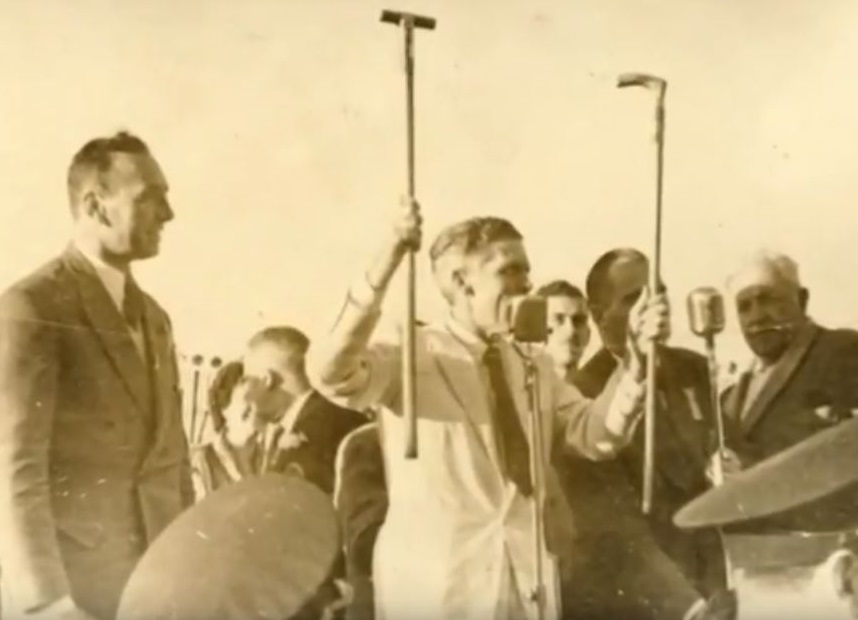
When firsthand accounts of miraculous healings were reported, and were unable to be disproved, the masses began flooding into the stadium each night.
What shall we do to these men? For, indeed, that a notable miracle has been done through them is evident to all who dwell in Jerusalem, and we cannot deny it (Acts 4:16).
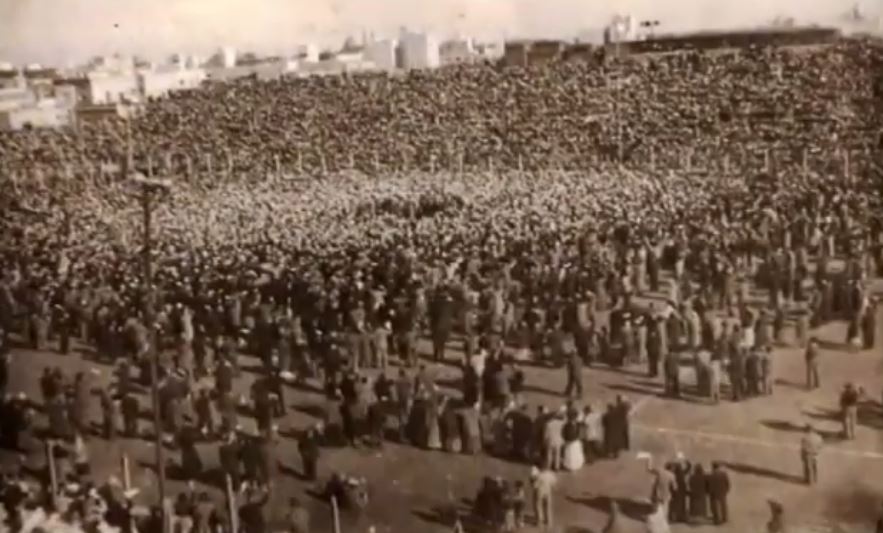
Atlantic Stadium as it began filling up
Opposition to the Revival
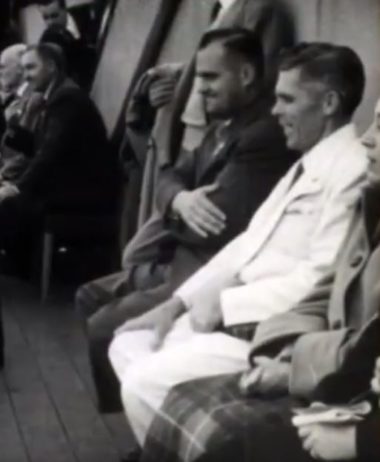
Tommy Hicks, right
The topic of conversation in schools, stores, factories, offices, trains and buses, was about the “Magician,” or “witch doctor,” and many other negative epithets that were hurled at Tommy Hicks.
Magazines, recognizing the interest the evangelistic campaign was drawing, began exploiting the spectacular happenings. There were many healings that nobody could argue against. There were also those with terminal sicknesses who were brought to the stadium by desperate relatives or scheming skeptics. Some of those sick people died during the journey to the stadium, bringing many negative accusations against Hicks and the overall effort. Medical doctors and police officers assembled a list of accusations against Hicks, accusing him of practicing medicine.
Christian Opposition
The largest evangelical denomination also opposed Hicks, as they denied God still heals. Yet they couldn’t reconcile their doctrinal perspective with the mass healings that were taking place.
The Roman Catholic Church protested to President Peron about the meetings. Peron’s response to them was:
Why should the mighty church of Rome be afraid of one little Protestant who lacks the backing of a large church?
The Roman Catholic leadership responded:
But look at the multitudes who flocked to hear him and to see his miracles.
The president then replied:
I must conclude that he has the backing of almighty God, and I can do nothing about that.
All of this controversy and opposition added to the interest and attendance.
The entire nation was taken up with the news of this revival, as people traveled to the services from near and far, with some arriving from Bolivia, Chile, Brazil, Uruguay, and the most distant parts of Argentina. With interest like this, the buses, trains, subways, and any other type of transportation, were stretched to their limits, as hurting people came thronging to the stadium night after night.
Favorable News Reports
Along with the negative reporting, there were also many positive and accurate reports, as some major columnists wrote testimonies of loved ones or friends who had been healed.
Magazines and newspapers printed articles with photographs of thousands who had been healed. Daily papers printed notices of meetings and miracles.
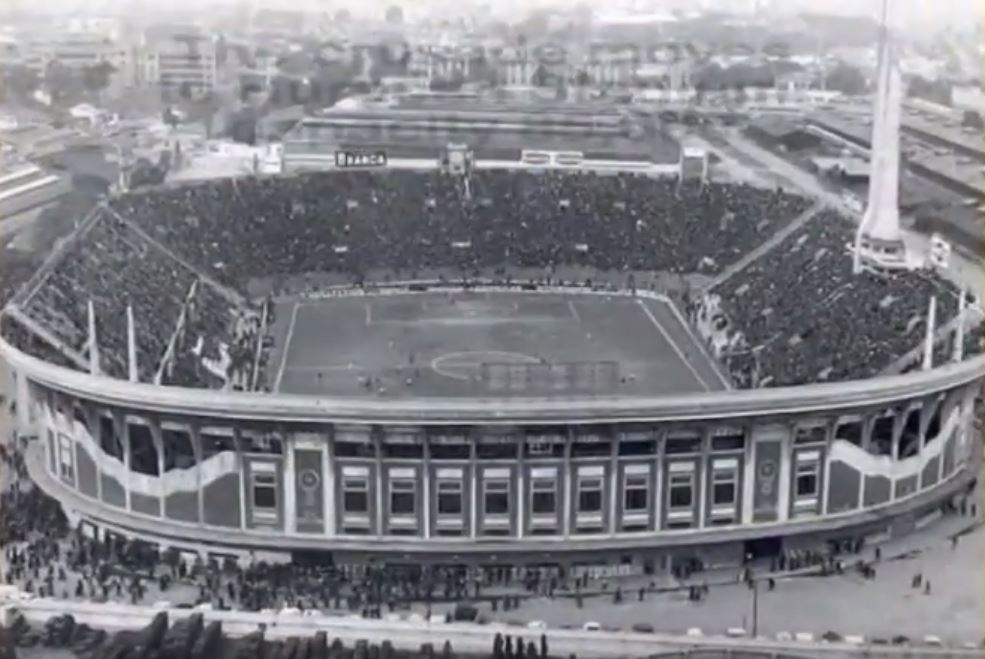
After the Atlantic Stadium became too small, nightly services were relocated to the 110,000-seat Huracán Stadium.
Huracán Stadium
It wasn’t long till the Atlantic Stadium’s 45,000 seats were maxed out, without even standing room being left. Crowds gathered for blocks around the stadium in every direction. To accommodate those outside the stadium, loudspeakers were installed so they could hear the Gospel message that was being preached every night.
Out of necessity, the services were then moved to the 110,000-seat Huracán Stadium on May 22, which also began to overflow. The aggregate attendance was reported as being between three to six million. The impact was undeniable. A leading periodical in the United States wrote that Tommy Hicks had drawn larger crowds, gathered more decision cards, captured more front-page press attention, and provoked more controversy than Billy Graham in the Harringay crusade in London the same year.
Results of the Revival
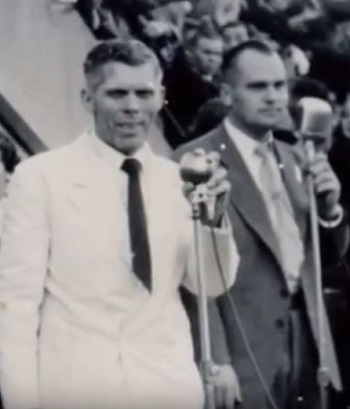
Tommy Hicks, left
► The Baptist missiologist and statistician, Arno Enns, wrote that the Hicks campaign “broke the back of the rigid Argentine resistance to the evangelical witness.”
► The number of decision cards that were collected totaled around 100,000, although some claimed the number of conversions reached 300,000.
► One of the wealthiest women in Argentina was converted.
► The governor of Mendoza, his wife, and his mother-in-law, were all healed and testified openly to the power of God.
► The Bible Society sold 22,000 Bibles and 26,000 New Testaments and had to fly in shipments from all over Latin America to meet the demand.
► People abandoned their careers to dedicate their lives to the ministry.
► Christian newspapers were started.
► Many unknown evangelists caught the vision of what God could do and spread out over the country ministering to thousands more. This is one such example:
Shortly after the Hicks revival in Buenos Aires, a Latin American teen conducted evangelistic campaigns in Argentina and Uruguay, winning 621 professions of faith in Buenos Aires, 217 in Rosario, 92 in Tandil, 388 in Mar del Plata, and 237 in Montevideo.
► Healing ministries were started, as it was the healing ministry of Tommy Hicks that attracted and impacted the masses of Argentina.
► New churches were started.
► The initial sponsors of the campaign, the Assemblies of God and the Christian and Missionary Alliance (35 churches participated in the campaign), saw tremendous increase. In fact, every evangelical denomination that was not liberal in their theology experienced a tremendous increase.
► Attendance at Assemblies of God churches multiplied tenfold in 10 years. Prior to the Hicks campaign, the largest church in the Assemblies of God only had 150 people in attendance, with 9 missionaries to serve them. After the campaign,
- Five new Assembly of God churches were founded in 1955.
- Within a decade there were more than 150 churches that were established in Argentina, with 5000 attending services and 8000 in church schools.
- Enrollment in the Assemblies of God Bible school jumped from 15 to 45.
► The Christian and Missionary Alliance built 3 new churches immediately and continued to grow.
► The Christian Brethren denomination continued to grow, even though they had mixed feelings about the theological leanings of Tommy Hicks.
► Baptist Churches, though not at first involved in the Hicks campaign, also experienced growth.
► Missionaries were sent out to other nations.
► Decades later, Argentina is still reaping the benefits of the outpouring of His Spirit in 1954.
Sources
► Evangelical Awakenings in Latin America by J. Edwin Orr
► Man, Milieu and Mission in Argentina by Arno Enns
► Operation World by Patrick Johnstone
► Secrets of the Argentine Revival by R. Edward Miller
► Spiritual Power and Church Growth by C. Peter Wagner
► The Argentine Revival of 1954 by America Pray Now
► The Role of American Evangelist Tommy Hicks in the Development of Argentine Pentecostalism by Seth N. Zielicke
► Tommy Hicks by Revival Carriers International
Return to List of Revival Stories
Chet & Phyllis Swearingen
(260) 920-8248
romans1015@outlook.com
Beautiful Feet
P.O. Box 915
Auburn, IN 46706

